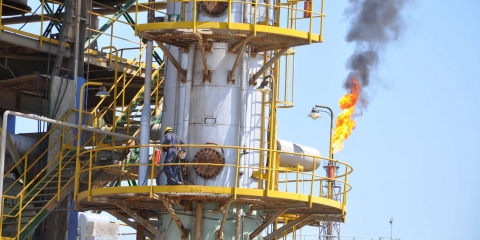The Iraqi Kurdish Security Apparatus: Vulnerability and Structure
Cooperation between the Kurdistan Regional Government of Iraq (KRG) and the United States has for years provided advantages on several lines of effort by coalition forces. Iraqi Kurdish forces were essential to the efforts to defeat Saddam Hussein in 2003 and such cooperation has proven effective in the war against the Islamic State of Iraq […]Hamzeh Hadad and Brandon L. Wallace write for Small Wars Journal:
Cooperation between the Kurdistan Regional Government of Iraq (KRG) and the United States has for years provided advantages on several lines of effort by coalition forces. Iraqi Kurdish forces were essential to the efforts to defeat Saddam Hussein in 2003 and such cooperation has proven effective in the war against the Islamic State of Iraq and Syria (Daesh). During the liberation of Mosul and the surrounding Nineveh province, the Nineveh Operations Command was in the Makhmour, Kurdistan region of Iraq. This operations command is significant, as it provided a rare moment of joint efforts between the Kurdish Peshmerga and the Iraqi Security Forces (ISF). Both Iraqi and American military leadership commended the level of cooperation. The joint effort was critical in the offensive to liberate Mosul beginning in October of 2016.
The security apparatus of the KRG continues to provide noteworthy intelligence, combat forces, and security forces. In turn, this partnership has produced a familiar perception of the KRG’s security apparatus as homogeneous, uniformly motivated, and stable.
However, as a central non-state partner for the U.S., it is important to recognize the underlying fragility and divisions within the KRG defense structure along multiple faults. Moreover, it is essential to recognize the growing risk for intra-state conflict within the Kurdish Region of Iraq (KRI).





